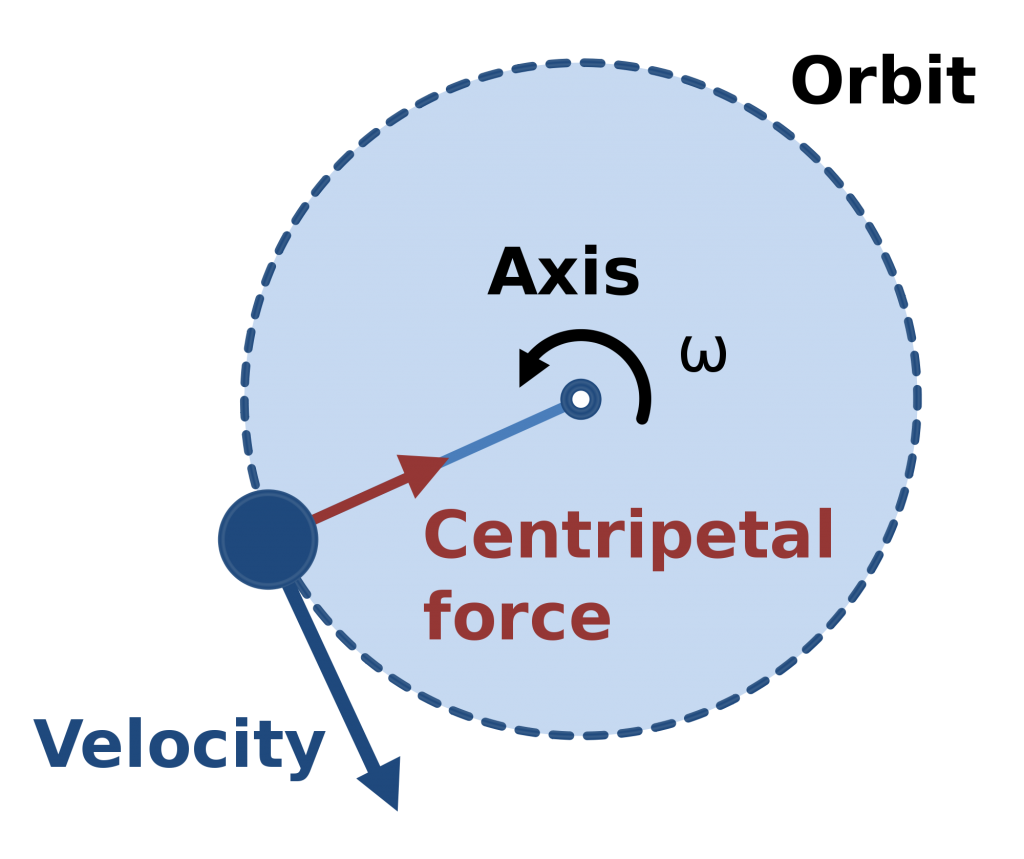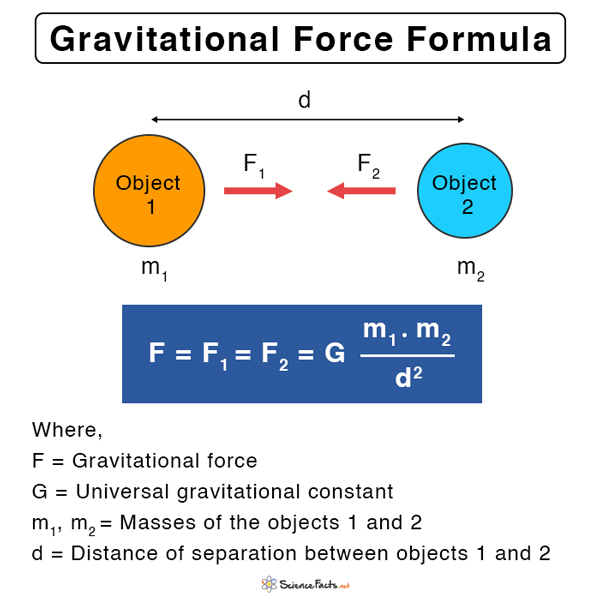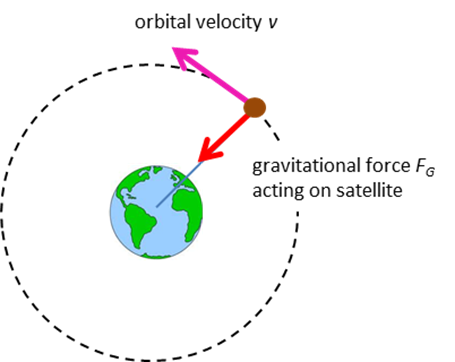Student Handout-AP Physics 1-Circular Motion and Gravitation
AP Physics 1: Circular Motion and Gravitation
Student Handout
Key Concepts
1. Uniform Circular Motion
-
Definition: Motion of an object traveling in a circular path at a constant speed.
-
Key Characteristics:
- The velocity is always tangent to the circle.
- The acceleration points toward the center of the circle (centripetal acceleration).
- The speed remains constant, but the direction of velocity changes, causing acceleration.
-
Key Equations:
- Centripetal acceleration:
: Linear speed of the object. : Radius of the circular path.
- Centripetal force:
: Mass of the object. : Net force directed toward the center of the circle.
- Centripetal acceleration:
-
Angular Velocity:
, where is the angular velocity in radians per second.
2. Forces in Circular Motion
-
Centripetal Force: The net force required to keep an object moving in a circular path.
- It is not a new type of force but rather the result of forces like tension, gravity, friction, or the normal force.
- Example: For a car on a curve, friction provides the centripetal force.
-
Free-Body Diagrams:
- Always draw a free-body diagram to identify the forces acting on an object in circular motion.
- Example: For an object on a string moving in a horizontal circle, the tension in the string provides the centripetal force.
-
Vertical Circular Motion:
- At the top of the motion:
. - At the bottom of the motion:
.
- At the top of the motion:
3. Newton's Law of Universal Gravitation
-
Definition: Every mass in the universe attracts every other mass with a force proportional to the product of their masses and inversely proportional to the square of the distance between them.
-
Formula:
: Gravitational force between two objects. : Gravitational constant ( ). : Masses of the two objects. : Distance between the centers of the two masses.
-
Gravitational Field Strength:
, where is the mass of the planet. is the acceleration due to gravity at a distance from the planet's center.
4. Orbital Motion
-
Orbital Velocity:
, where is the mass of the central object (e.g., Earth). - This is the speed required for an object to stay in a stable orbit.
-
Orbital Period:
, where is the time it takes for one complete orbit.
-
Kepler's Laws (Qualitative Understanding):
- Planets move in elliptical orbits with the Sun at one focus.
- A line joining a planet and the Sun sweeps out equal areas in equal times.
- The square of a planet's orbital period is proportional to the cube of its average distance from the Sun.
Step-by-Step Problem Solving
1. Centripetal Force Problems
Example: A 2.0 kg object moves in a circle of radius 0.5 m at a speed of 3 m/s. Find the centripetal force.
- Step 1: Write the formula:
. - Step 2: Substitute values:
. - Step 3: Solve:
.
2. Gravitational Force Problems
Example: Two 10 kg masses are 4 m apart. Find the gravitational force between them.
- Step 1: Write the formula:
. - Step 2: Substitute values:
. - Step 3: Solve:
.
3. Orbital Motion Problems
Example: A satellite orbits Earth at a distance of
- Step 1: Write the formula:
. - Step 2: Substitute values:
. - Step 3: Solve:
.
Key Diagrams
1. Centripetal Force in Circular Motion

2. Gravitational Force Between Two Masses

3. Orbital Motion
